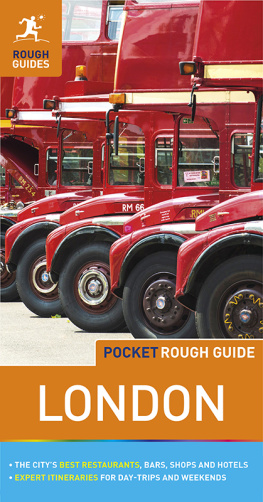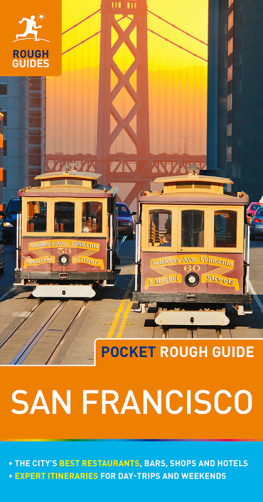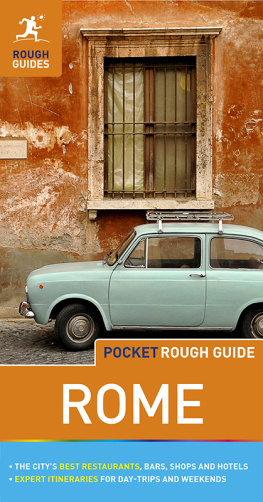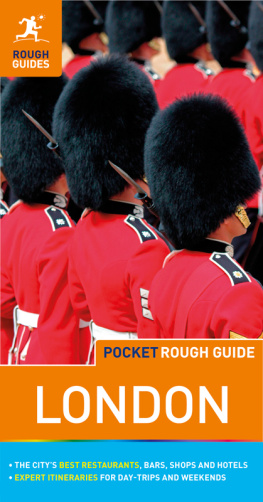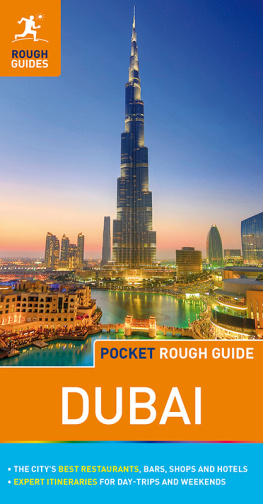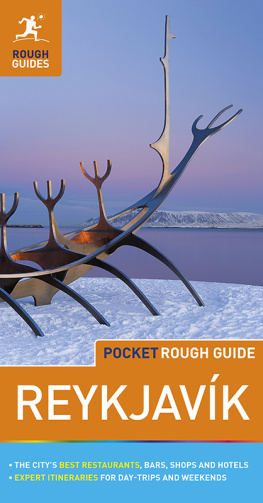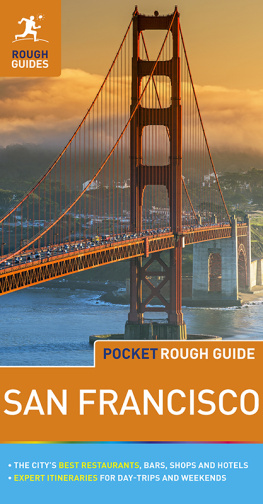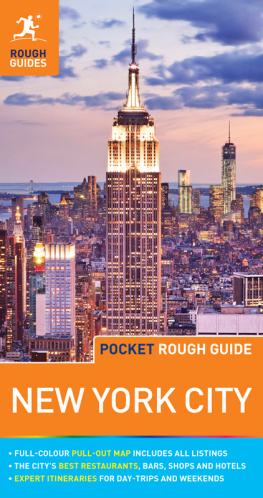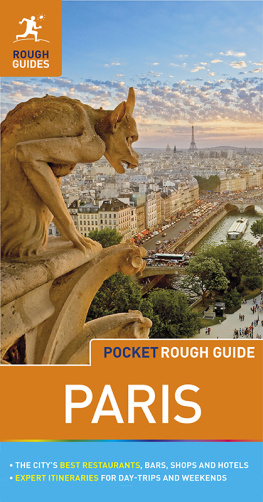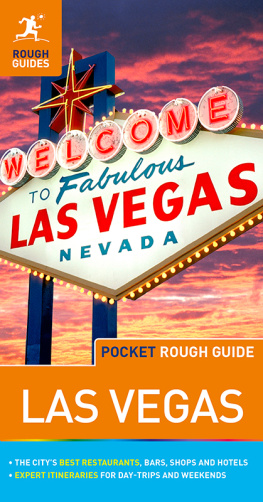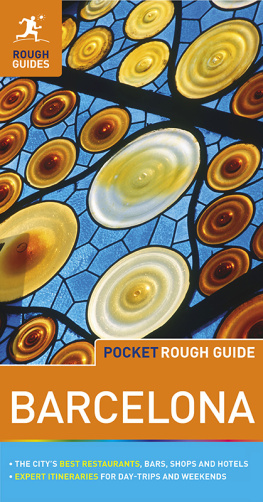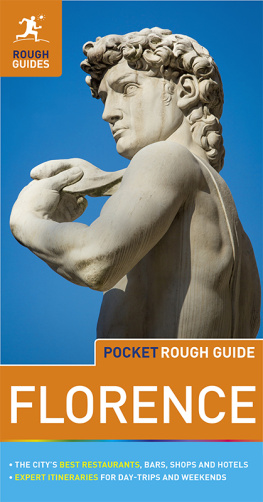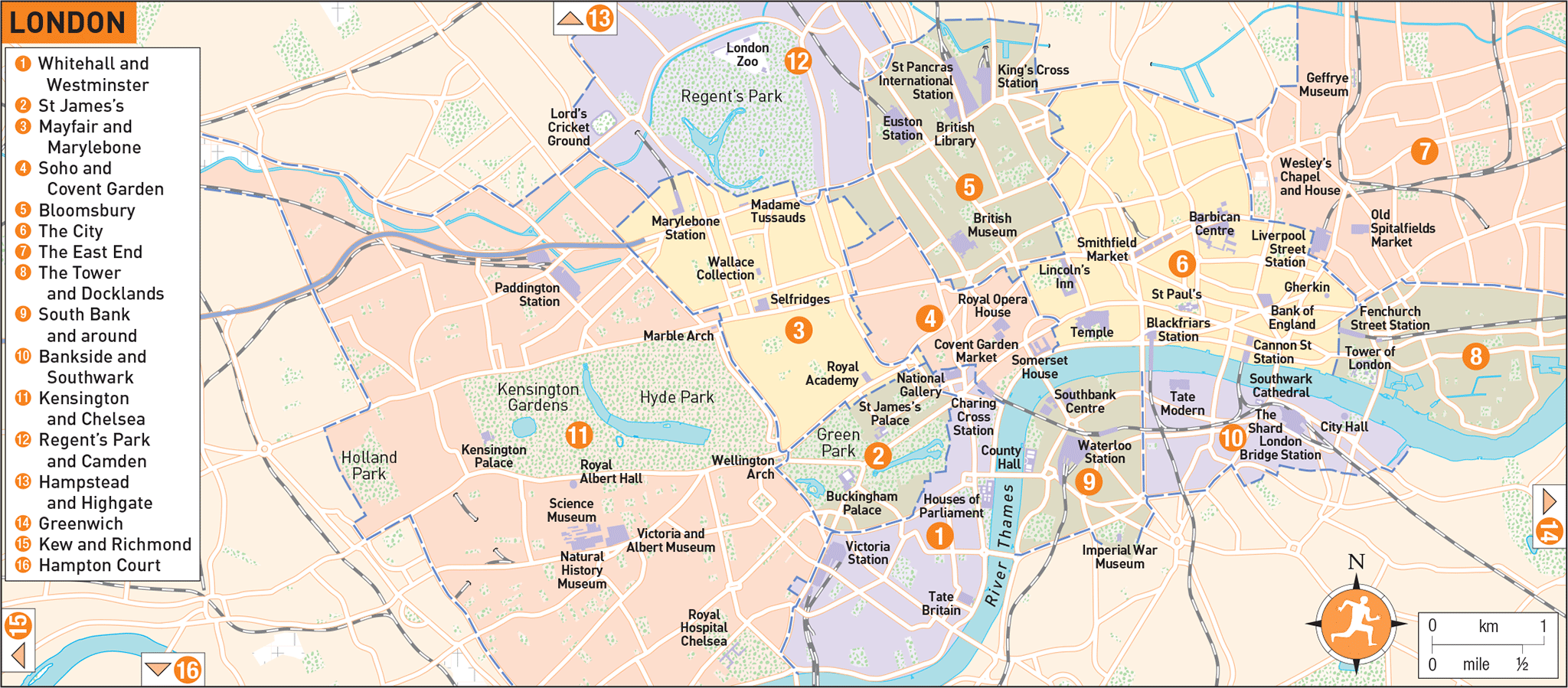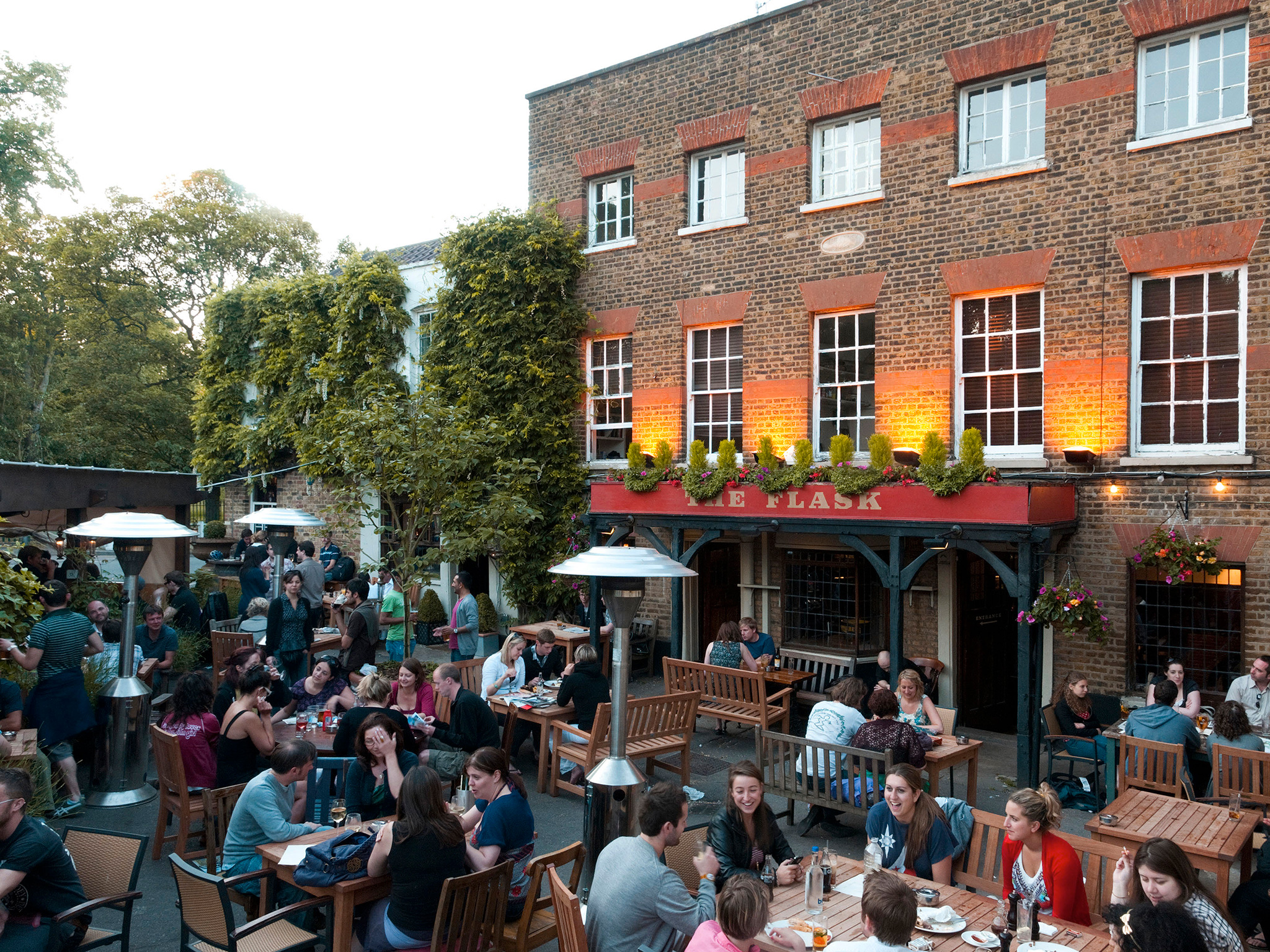From the covers all the practical information youll need, from public transport to opening hours and festivals. A handy chronology rounds off the guide.
Depending on your hardware, you can double-tap on the maps to see larger-scale versions, or select different scales. There are also thumbnails below more detailed maps - in these cases, you can opt to zoom left/top or zoom right/bottom or view the full map. The screen-lock function on your device is recommended when viewing enlarged maps. Make sure you have the latest software updates, too.
Introduction to LONDON
London is a very big city. In fact, its the largest capital in the European Union, stretching for more than thirty miles from east to west, and with a population of just over 8.5 million. Ethnically and linguistically, its also Europes most diverse metropolis, offering cultural and culinary delights from right across the globe. The city dominates the national horizon, too: this is where most of the countrys news and money are made, its where central government resides and, as far as its inhabitants are concerned, provincial life begins beyond the circuit of the citys orbital motorway.
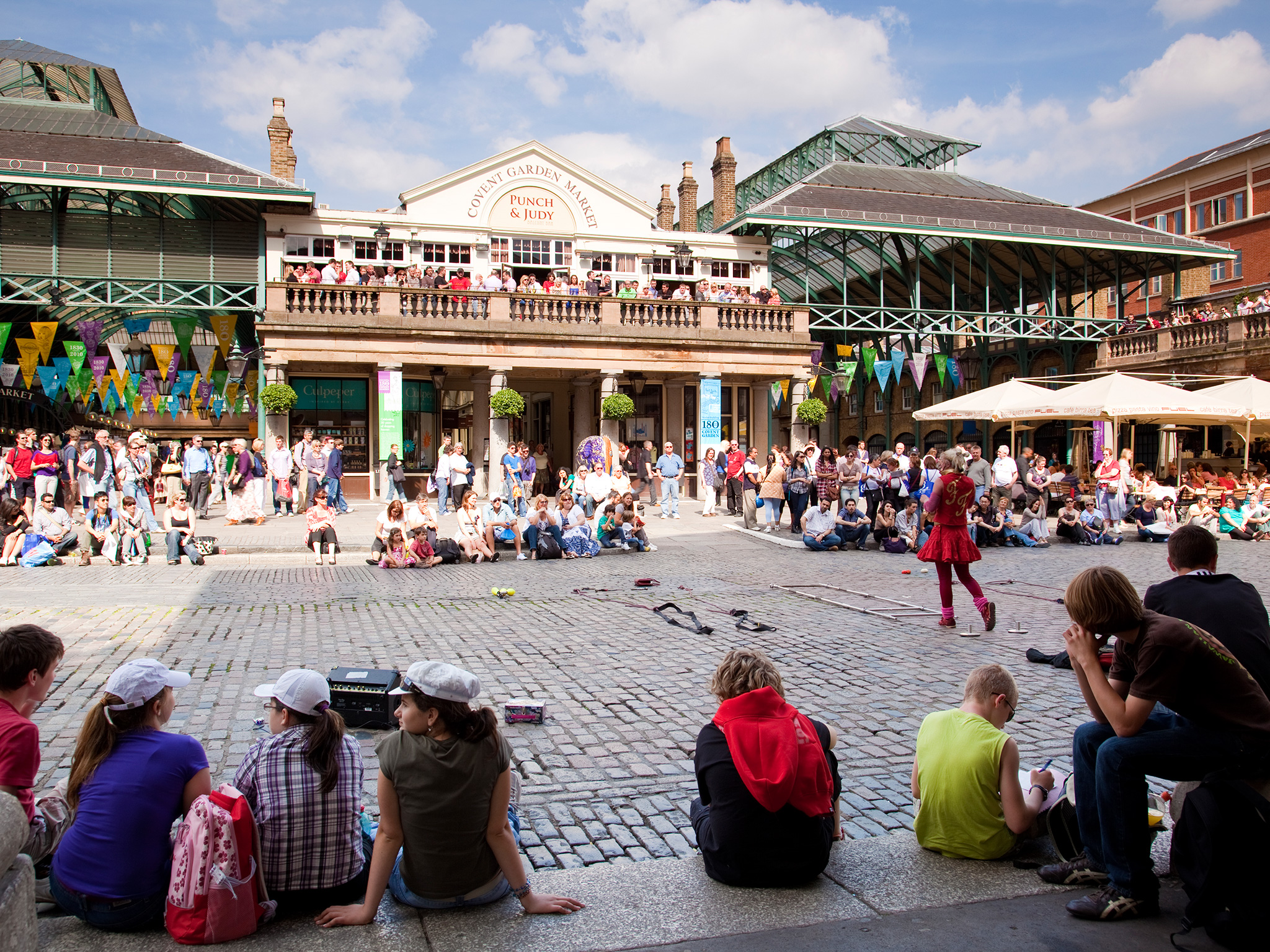
COVENT GARDEN
For the visitor, its a thrilling destination. The biggest problem for newcomers is that the city can seem bewilderingly amorphous, with no single predominant focus of interest. Londoners tend to cope with all this by compartmentalizing their city, identifying strongly with the neighbourhoods in which they work or live, just making occasional forays into the West End, Londons shopping and entertainment heartland. As a visitor, the key to enjoying London, then, is not to try and do everything in a single visit concentrate on one or two areas and youll get a lot more out of the place.
The capitals traditional sights Big Ben, Westminster Abbey, Buckingham Palace, St Pauls Cathedral and the Tower of London continue to draw in millions of tourists every year. Things change fast, though, and the regular emergence of new attractions ensures that theres plenty to do even for those whove visited before. In the last decade or so, all of Londons world-class museums, galleries and institutions have been reinvented, from the Royal Opera House to the British Museum, and the tourist and transport infrastructure had a major overhaul for the citys hugely successful 2012 Olympics games.
Monuments from the capitals glorious past are everywhere, from medieval banqueting halls and the great churches of Christopher Wren to the eclectic Victorian architecture of the triumphalist British Empire. Theres also much enjoyment to be had from the citys quiet Georgian squares, the narrow alleyways of the City of London, the riverside walks, and the assorted quirks of what is still identifiably a collection of villages. And urban London is offset by surprisingly large expanses of greenery: Hyde Park, Green Park and St Jamess Park are all within a few minutes walk of the West End, while, further afield, you can enjoy the more expansive parklands of Hampstead Heath and Richmond Park.
You could spend days just shopping in London, too, mixing with the upper classes in the tiara triangle around Harrods, or sampling the offbeat weekend markets of Portobello Road, Camden and Spitalfields. The music, clubbing and LGBT scenes are second to none, and mainstream arts are no less exciting, with regular opportunities to catch first-rate theatre companies, dance troupes, exhibitions and opera. The citys pubs have always had heaps of atmosphere, but food is a major attraction too, with over sixty Michelin-starred restaurants and the widest choice of cuisines on the planet.
Best place for an alfresco drink
If youre lucky enough to be in London when the weathers fine, theres nothing like an alfresco drink, whether in a leafy outdoor beer garden, or by the banks of the Thames. For a great riverside view of the Dome, head to in Highgate is the perfect place to sink a pint.
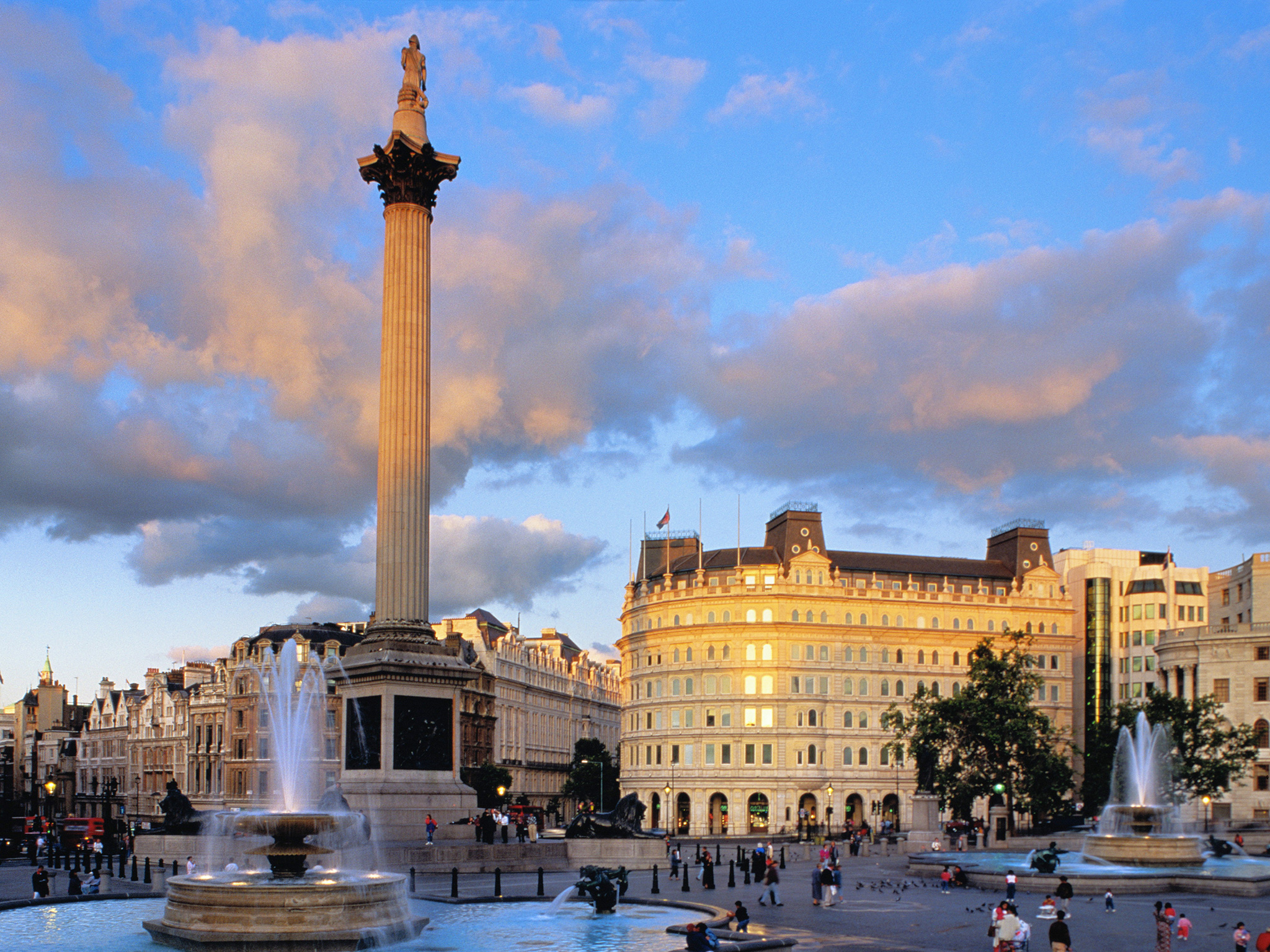
Trafalgar square
When to visit
Despite the temperateness of the English climate, its impossible to say with any degree of certainty that the weather will be pleasant in any given month. With average daily temperatures of around 22C, English summers rarely get unbearably hot, while the winters (average daily temperature 610C) dont get very cold though theyre often wet. However, whenever you come, be prepared for all eventualities: it has been known to snow at Easter and rain all day on August Bank Holiday weekend. As far as crowds go, tourists stream into London pretty much all year round, with peak season from Easter to October, and the biggest crush in July and August, when youll need to book your accommodation well in advance.

